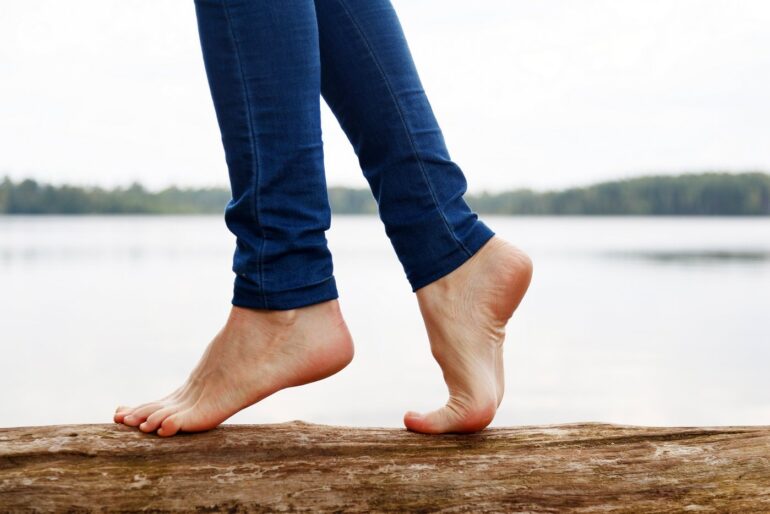A medical study has confirmed what many women have long suspected: pregnancy can permanently change the size and shape of a woman’s feet.
Flat feet are a common problem for pregnant women as the arch of the foot flattens out, possibly due to the extra weight and increased looseness (laxity) of the joints associated with pregnancy.
Here’s more about why and how pregnancy can change your shoe size.
Fallen arches are likely forever
The University of Iowa study, published in the March 2013 issue of the American Journal of Physical Medicine & Rehabilitation, suggests that this loss of arch height is permanent.
“I had heard women reporting changes in their shoe size with pregnancy, but found nothing about that in medical journals or textbooks,” says Neil Segal, MD, UI associate professor of orthopedics and rehabilitation.
“In order to study this more scientifically, we measured women’s feet at the beginning of their pregnancy and five months after delivery. We found that pregnancy does indeed lead to permanent changes in the feet.”
Bigfoot, baby: Pregnancy can change your shoe size
The UI study followed 49 pregnant women and collected static and dynamic arch measurements during the first trimester of pregnancy and again about five months after childbirth. The researchers found that for about 60 to 70 percent of the women in the study, their feet became longer and wider.
Specifically, the study showed that, on average, arch height and measures of arch rigidity decreased significantly comparing early pregnancy with five months after childbirth, causing corresponding increases in foot length (between 2 and 10 mm) and arch drop. However, no significant change in the distribution of foot pressure was detected.
The study also suggested that first pregnancies may account for most of the observed changes, while second, third, or higher pregnancies may not further alter foot structure.
Pregnancy-related foot changes may mean increased arthritis risk
“We know that women, and especially women who have had children, are disproportionately affected by musculoskeletal disorders,” says Segal, who also is an associate professor of radiology and epidemiology, and director of the Clinical Osteoarthritis Research Program.
“It is possible that these foot changes that occur during pregnancy may help explain why, in comparison with men, women are at higher risk for pain or arthritis in their feet, knees, hips and spines.”
Segal plans to conduct follow-up studies to assess whether these foot changes lead to health problems, like arthritis, later in life.





